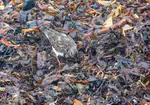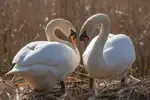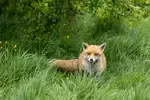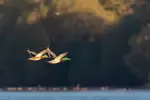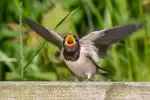- Home
- Photo Basics
- How to Change Camera Settings
How to Change Camera Settings for Better Nature Photos
My first-ever attempt with a "proper" camera was a shot of a drake Mallard, his head a jewel of iridescent green in the morning sun. In my mind, it was a masterpiece.
The print told a different story.
The green jewel was gone, replaced by a muddy, dark shadow. The sharp eye I saw was a soft blur. It was a flat, lifeless piece of paper. The magic hadn't survived the click.
I looked down at the camera. It was covered in symbols I didn’t understand - fractions, decimals, ISOs. It felt like a cockpit I wasn't qualified to fly. So, for a long time, I left it on "Auto" and hoped for the best.
My grandfather, watching me struggle, gave me the one piece of advice that changed everything.
"The camera's controls aren't a technical barrier," he said. "They are the language it uses to see the world.
Learning to speak that language is how you move from taking snapshots to capturing the soul of a moment."
If you've ever felt that same intimidation, that fear of the complex machine in your hands, let me reframe this for you. This isn't about memorizing a manual. It's about learning to translate what you feel into a photograph.
This guide is built on three questions I had to ask myself. Three emotional "clicks" that unlocked that language for me, and will for you, too.
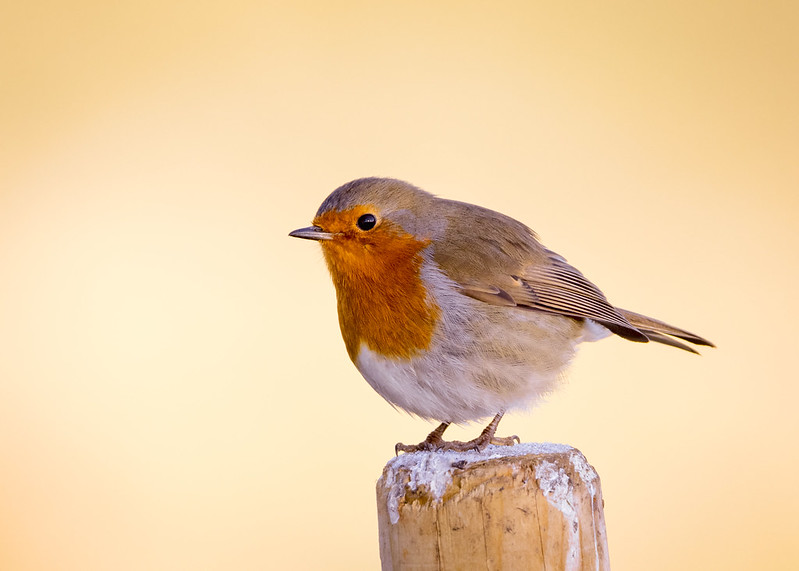 European Robin taken at f7.1 has nicely blurred the distant background
European Robin taken at f7.1 has nicely blurred the distant backgroundQuestion 1 - "How Do I Make the Background Just... Melt Away?"
I remember trying to photograph a single poppy earlier that afternoon. The flower was vivid red, standing tall in the grass. It felt defiant.
I lined up the shot and clicked. But when I looked at the LCD screen, the defiance was gone.
The flower was lost in a messy tangle of sharp grass, dead weeds, and a fence post in the distance. Everything was in focus - the beauty and the clutter. The background was shouting so loud you couldn't hear the subject. It wasn’t a portrait; it was just a busy snapshot.
Then, the "click" came.
A Peacock butterfly, wings closed, sat on a thistle nearby. Then, it opened them. A sudden flash of fiery orange and four mesmerizing, violet eyespots.
I felt a jolt of wonder. I wanted to capture that. Just the breathtaking reveal, not the chaotic meadow behind it.
The question formed in my mind: "How do I make the background just… melt away?"
This is the magic of Aperture.
My grandfather called it the "paintbrush." Think of it as the pupil of your camera's eye. A wide-open aperture (a small f-number, like f/2.8 or f/4) sees a very narrow slice of the world in sharp focus, melting the rest into a watercolour of softness.
Crouching in the cool, damp air, I set my aperture to f/4. I wanted those eyespots to be the hero, with the rest of the scene a soft, supporting whisper.
Your Turn: Let’s try this immediately (you can do this with a coffee mug right now).
- Switch Modes: Turn your dial to Aperture Priority ('A' or 'AV').
- Open the Eye: Spin your control wheel until the f-number is as low as it can go (f/5.6, f/4, or even f/1.8).
- The Secret Step: Get close. Really close. Move your camera physically toward your subject until it almost fills the frame.
- Click.
Now, look at the background. See how the clutter has vanished into soft, creamy colors? You’ve just learned to paint.
This is the moment you stop documenting and start creating. You're choosing what matters. You're guiding the viewer's eye not just to what you saw, but to what you felt.
Feeling inspired by this? My full guide on capturing the delicate beauty of butterflies takes this idea even further.
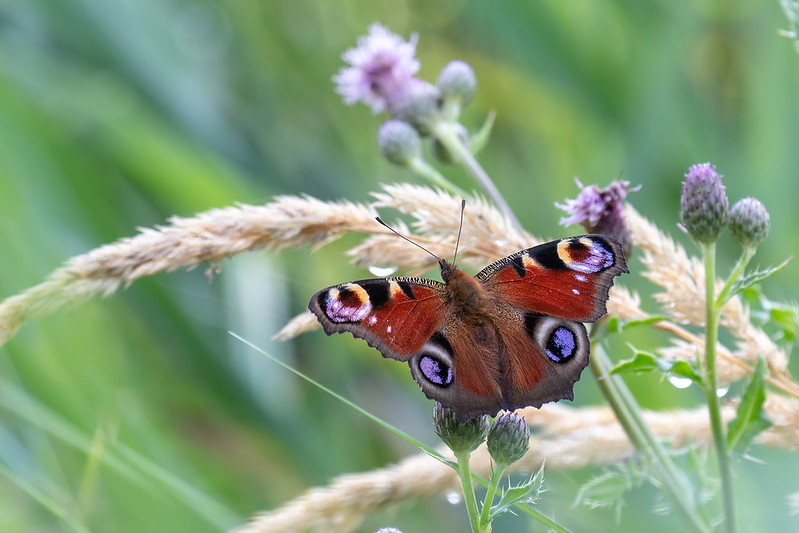
Question 2 - "How Can I Freeze a Single Moment in Time?"
Still subjects are one thing. But nature is rarely still.
I remember tracking a grey squirrel along the fence line. It paused, tensed its muscles, and launched itself toward the beech tree. It was an athletic, gravity-defying leap. I pressed the shutter, convinced I’d caught an action movie poster.
I looked at the screen, expecting to see claws gripping the air.
Instead, I saw a ghost. The squirrel was just a grey smear across the frame. The background was sharp, but the subject was an unrecognizable streak. It didn’t look like speed; it looked like a mistake.
Then came the lesson from my own back garden.
A robin was bathing in the birdbath, sending a chaotic spray of water everywhere. My challenge: to freeze that chaos.
The question hit me: "How can I capture one of those droplets, hanging in the air like a tiny diamond?"
This is where Shutter Speed comes into the game.
Think of your camera’s sensor as a canvas. If the shutter stays open too long (like 1/60th of a second), a moving subject paints a streak across that canvas. To freeze a moment, a wing beat, a splash, you need to snap the curtain shut in a tiny fraction of a second.
I cranked my shutter speed to 1/1600s.
The resulting photo was a revelation. The water droplets were perfectly sharp, suspended in mid-air like glass beads. The very tips of the robin's wings were still a soft blur. A beautiful reminder that nature is always faster than we think.
Your Turn: You don't need a bird to practice this. You just need water.
- Switch Modes: Turn your dial to Shutter Priority ('S' or 'Tv').
- The Freeze: Dial your speed to 1/1000s or faster.
- The Action: Turn on a garden hose, a sprinkler, or even your kitchen tap.
- Click: Focus on the water stream and fire a shot.
Zoom in on your screen. Do you see individual droplets frozen in mid-air? That is the power of stopping time.
That moment you realize you can control time? It's pure exhilaration. You are finally meeting the moment with skill.
Want to know which birds are visiting your garden? I've created a simple guide to common British garden birds to help you identify your new subjects.
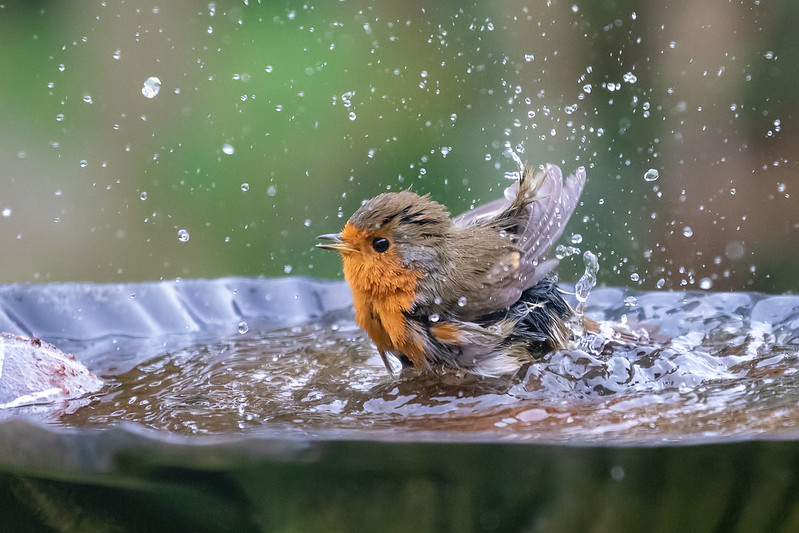 I used a fast shutter speed of 1/1600 which froze the water movement. The Robin's wings were flapping too fast for me to freeze them at this speed!
I used a fast shutter speed of 1/1600 which froze the water movement. The Robin's wings were flapping too fast for me to freeze them at this speed!Question 3 - "Do I Have the Courage to Shoot in the Dark?"
The best moments often happen at the edges of the day.
But for years, I treated high ISO like a danger zone. I was terrified of the "grain" (digital noise) that appeared if I pushed the settings too far.
I remember watching a Barn Owl hunting at twilight. It was a ghost in the field—beautiful and silent. I desperately wanted the shot to be "clean," so I kept my ISO low (100).
I clicked. The shutter dragged open for too long.
The result wasn't a clean photo. It was a blurry, unusable mess. I had protected the image quality, but I had lost the image. I went home with nothing but a memory of what I almost caught.
The moment that changed this was on a murky winter's morning at Paxton Pits.
A streak of turquoise - a Kingfisher - flashed across the water and landed on a nearby branch. The light was terrible. My camera was telling me the shutter speed was too slow to freeze him.
I had a choice: A perfect quality photo that was blurry (useless), or a grainy photo that was sharp (a memory).
I thought, "What do I have to lose?" and spun the dial.
The question became a challenge: "Do I have the courage to shoot in the dark?"
This is where you use ISO.
Think of ISO like the volume knob on a radio. When the signal (the light) is weak, you turn up the volume (the ISO) to hear it. Yes, you might get a little static (noise) in the background, but at least you can hear the song.
A high ISO (1600, 3200, or higher) allows your camera to see in the dark, keeping your shutter speed fast enough to freeze the action.
And the noise? I learned it's not a flaw. It’s texture. It's proof you were there in the magical, fading light. A sharp, grainy photo is infinitely better than a clean, blurry one. Noise can be reduced later; a missed moment is gone forever.
Your Turn: Go into a room and close the curtains, or look under a table. Somewhere dim.
- The "Safe" Shot: Set your ISO to 100 and take a photo of an object. Notice how slow the shutter sounds? Check the screen—it’s likely dark or blurry from camera shake.
- The "Brave" Shot: Now, crank that ISO up to 3200 or 6400. Take the same photo.
- Compare: Notice how the shutter snapped instantly? The image is bright. It is sharp.
Yes, if you zoom in, you might see grain. But you have the shot. You have conquered the dark.
This is the shared secret: The world doesn't end when the sun goes down.
Shooting in the golden hour is magical. Here are my secrets for making the most of that beautiful, low light.
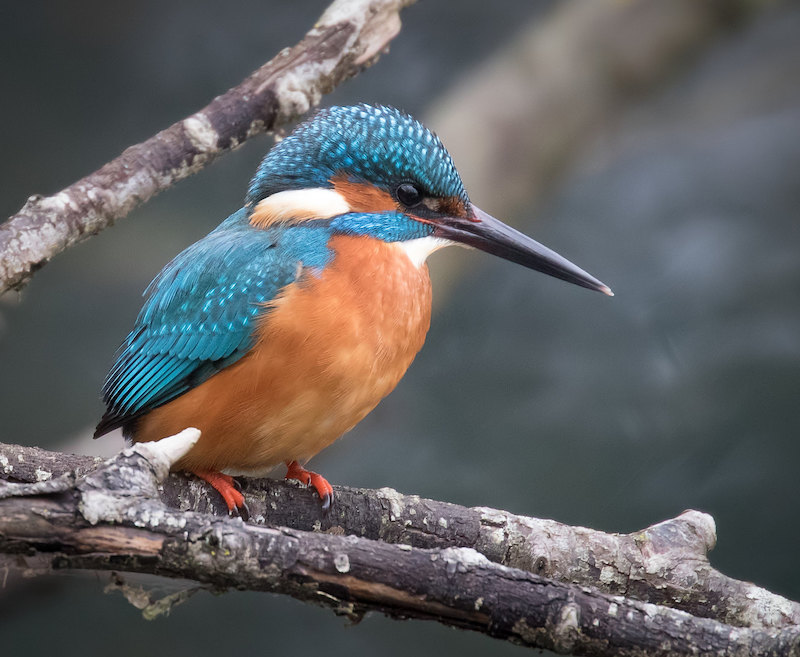 I took this Kingfisher photo with an ISO of 2000 which has introduced noise into the background
I took this Kingfisher photo with an ISO of 2000 which has introduced noise into the backgroundYour Conversation with Nature Is Waiting
You started this journey looking at a camera full of confusing buttons and dials. You are leaving with a toolkit for storytelling.
- Aperture is your paintbrush, deciding what to highlight and what to soften.
- Shutter Speed is your power to stop time, catching the moments our eyes miss.
- ISO is your courage, letting you find beauty even when the light fades.
My grandfather was right. These aren't just settings; they are a language. And now that you speak it, you can translate the wonder in your heart into an image you can hold in your hand.
The goal was never just to master the technology. It was to connect more deeply with the world. To notice the way light hits a fern, or the split-second a bird takes flight.
Your journey starts now. Pick one of these questions and go play. Don't aim for perfection. Aim for feeling.
Every photo you take is not a test. It's a conversation.
Now, go find something to say.
Explore More Photography Tips
Now that you understand the language of your camera, put it into practice with some of my other guides:
Feeling inspired by the low light? Discover the secrets to shooting during the Golden Hour.
Ready to get out there? Use the Nature Walk Checklist to make sure you're prepared for your next adventure.
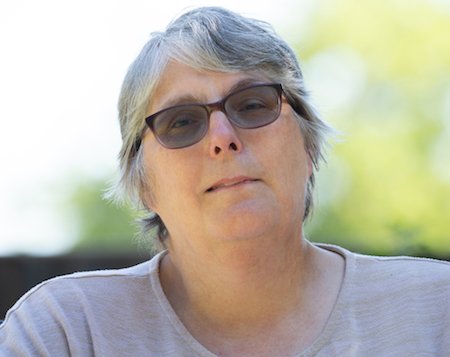
About the Author
I’m a wildlife photographer who learns on everyday walks. This site is my field notebook: practical photo tips, gentle ID help, and walk ideas to help you see more—wherever you are.
Step Behind the Wild Lens
Seasonal field notes from my wildlife walks: recent encounters, the story behind favourite photos, and simple, practical tips you can use on your next outing.
